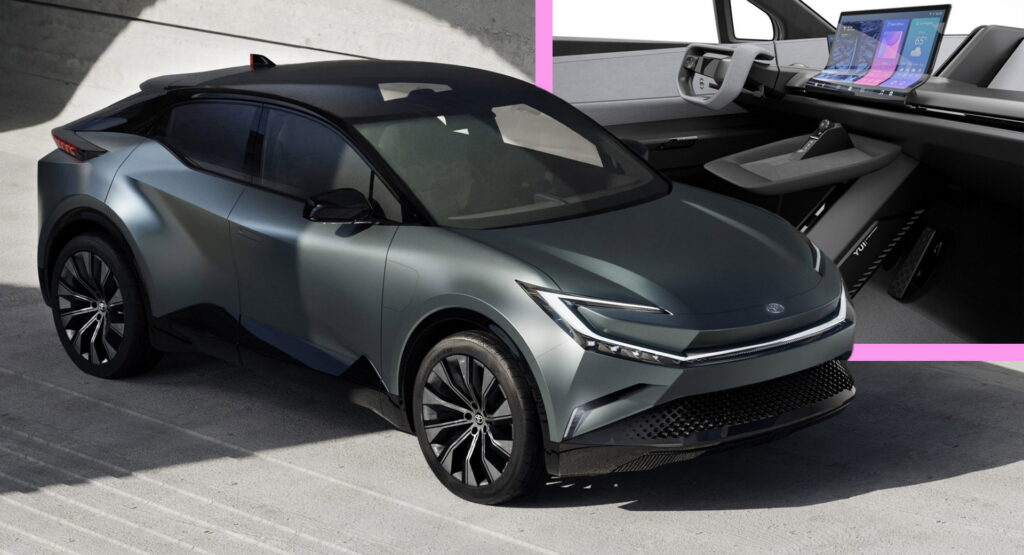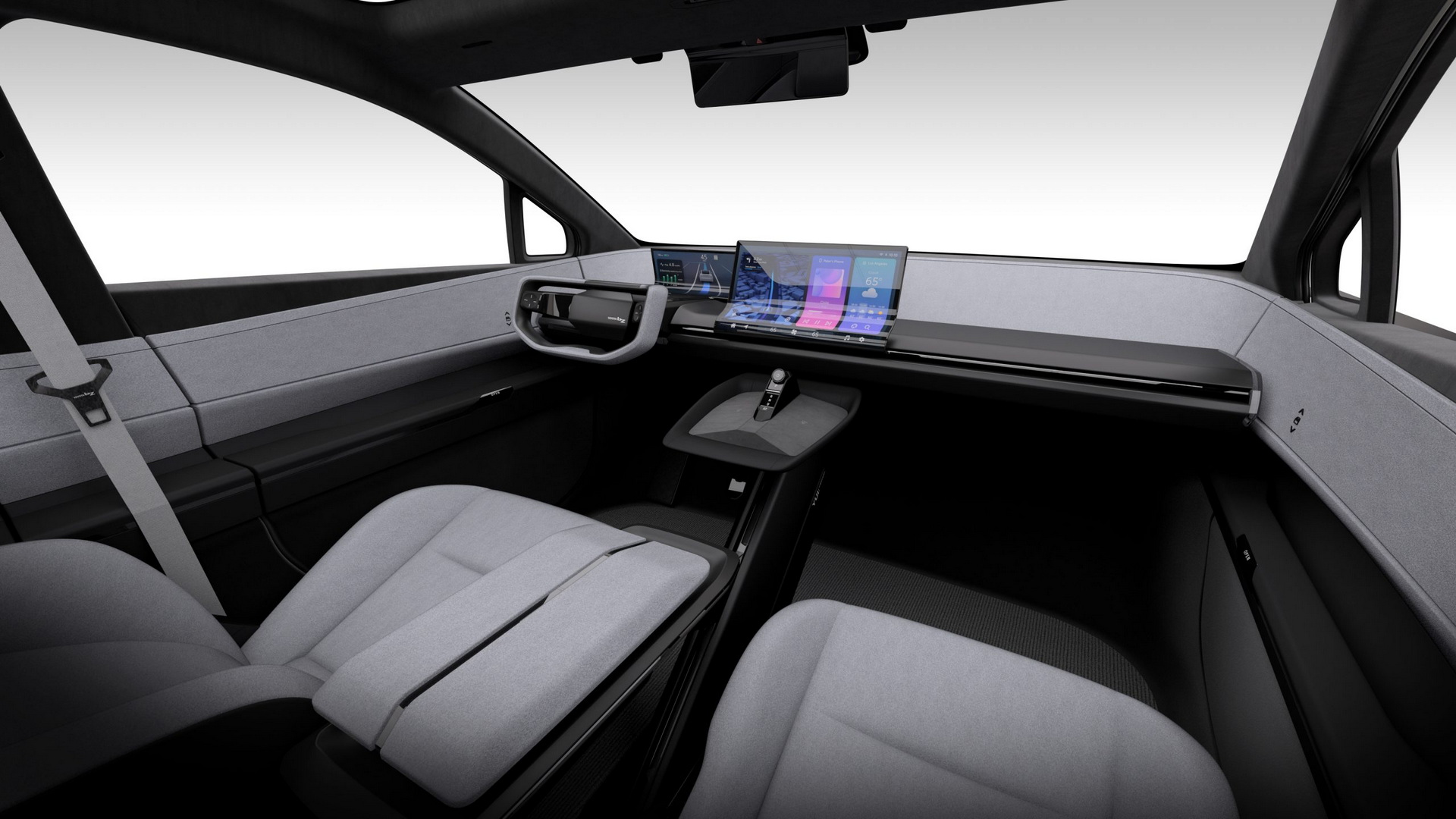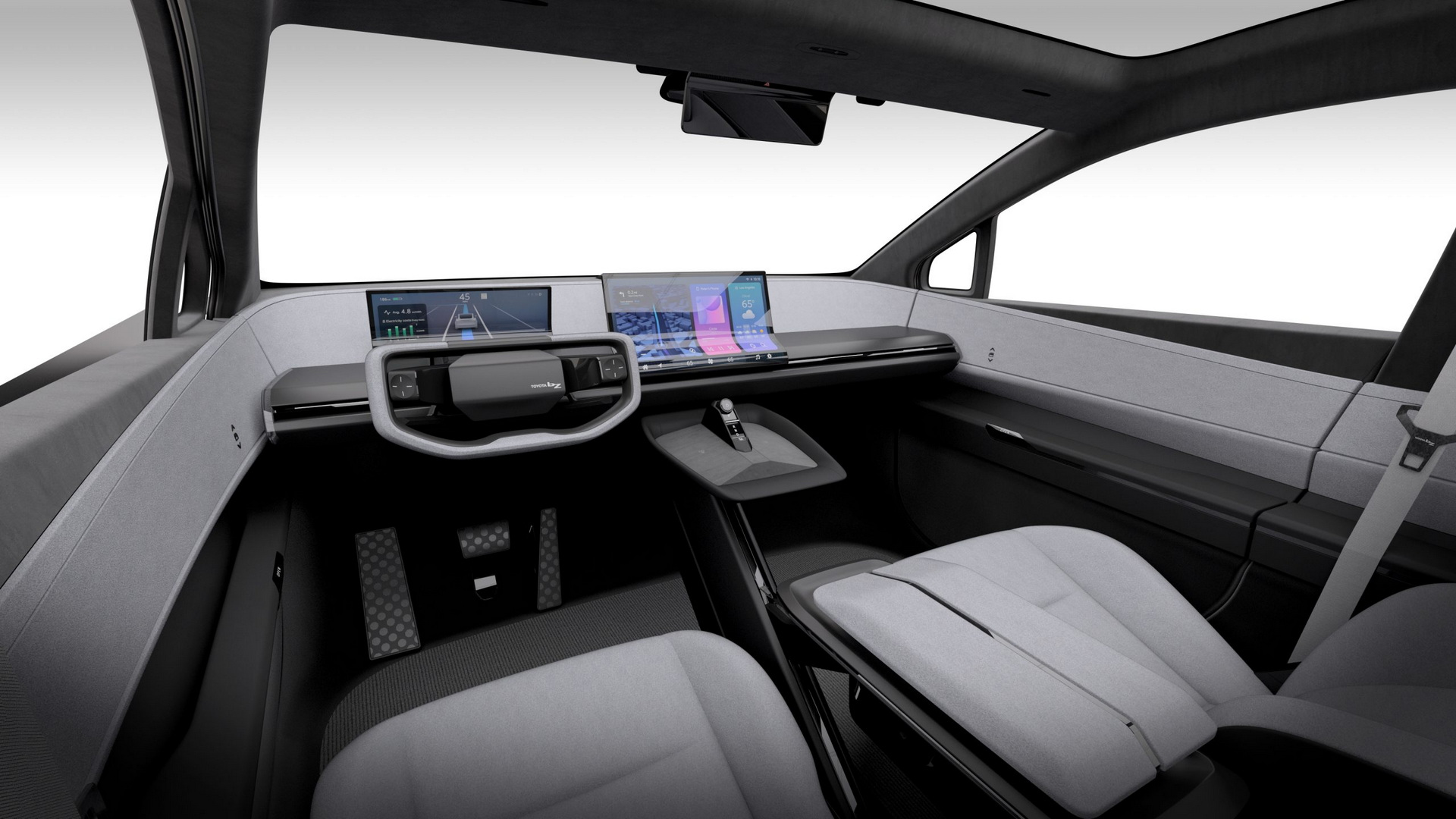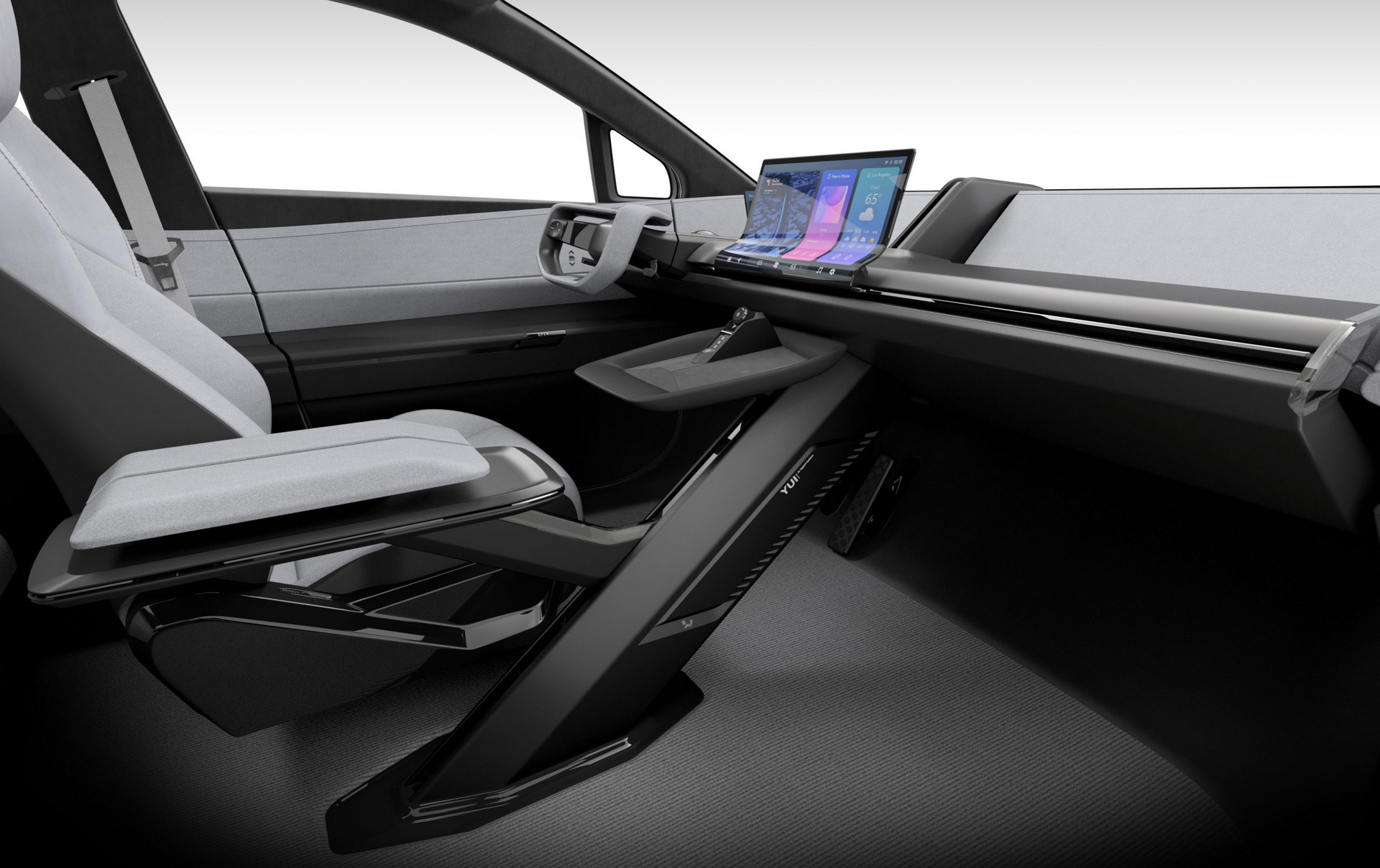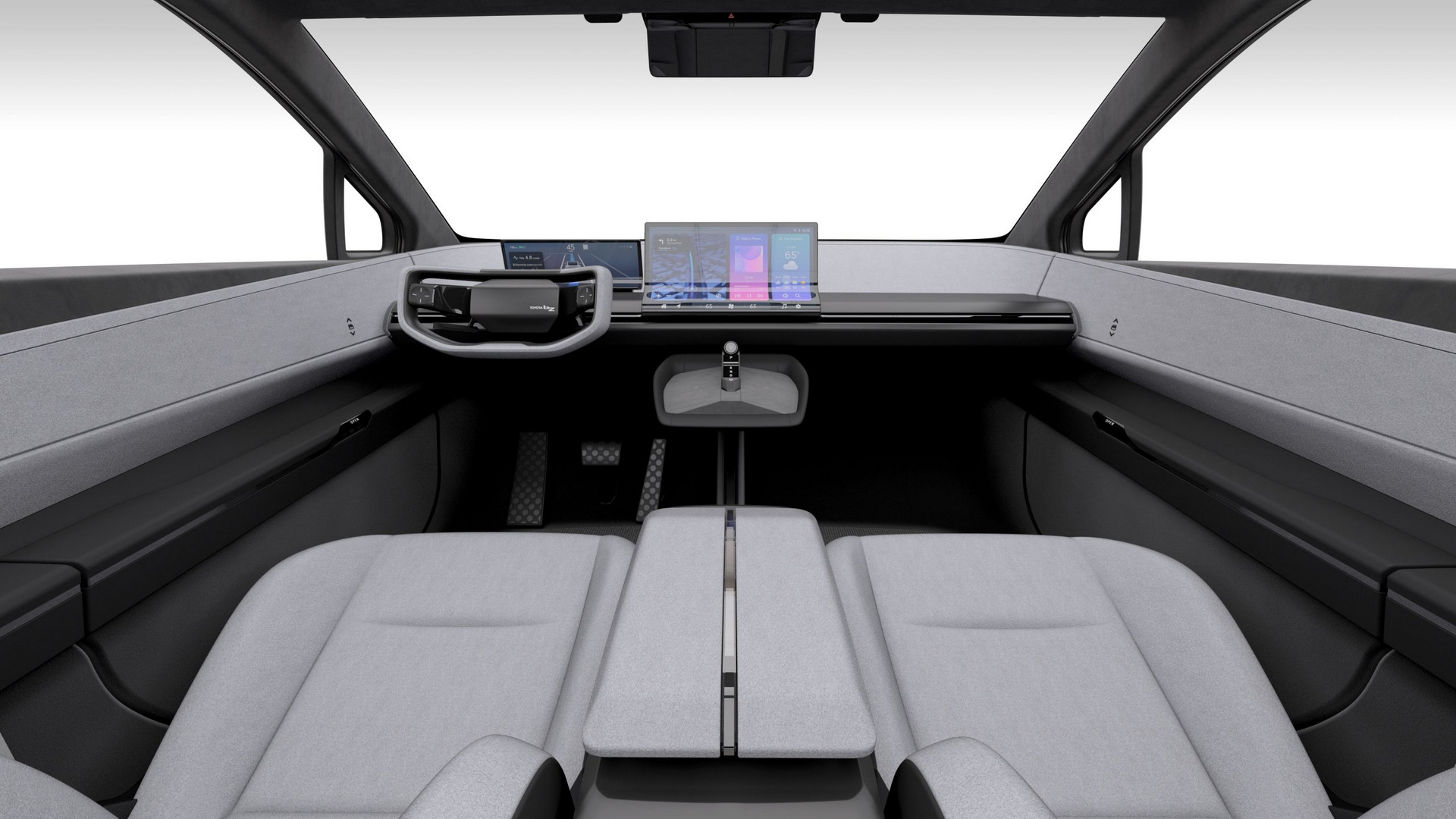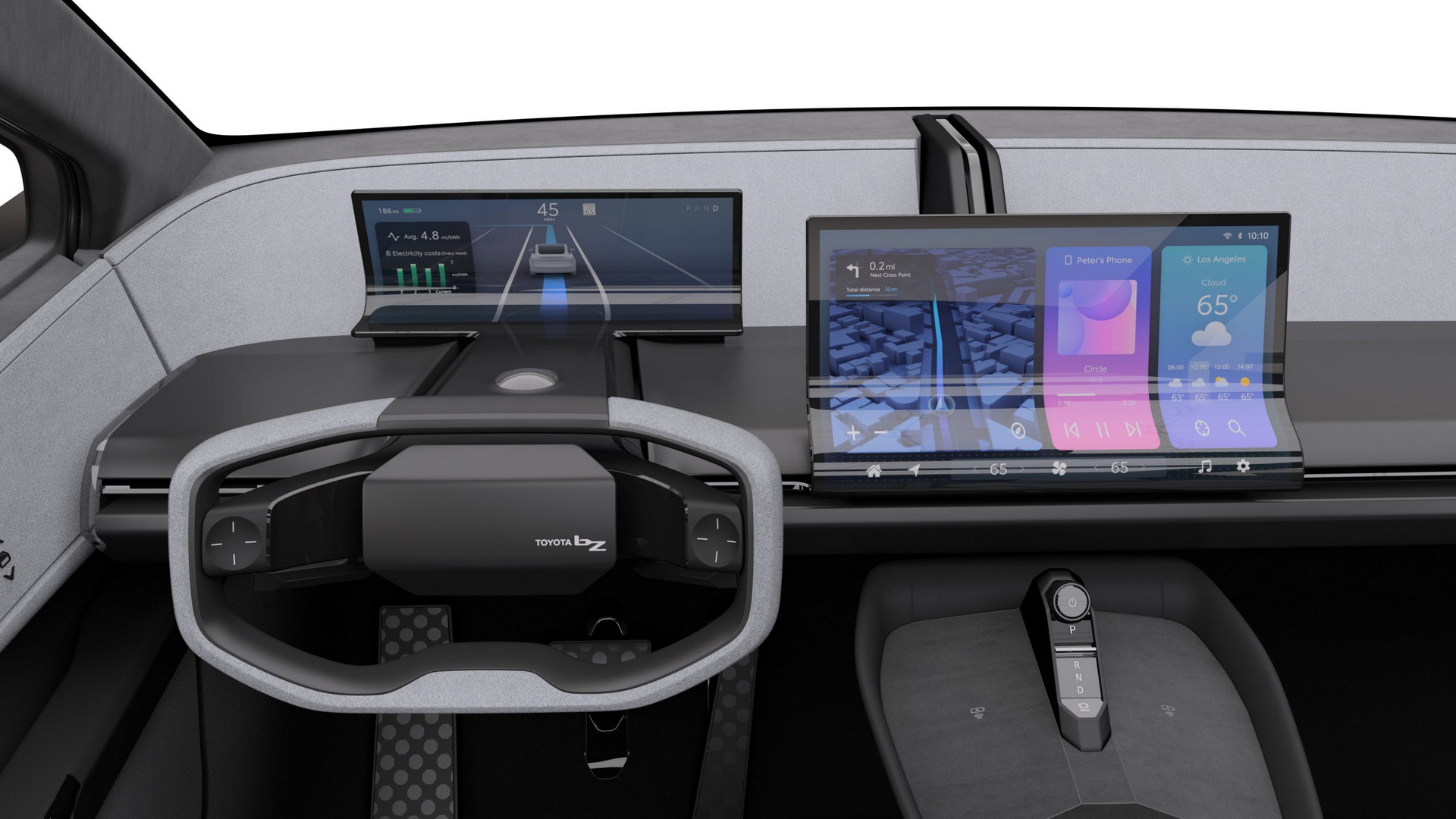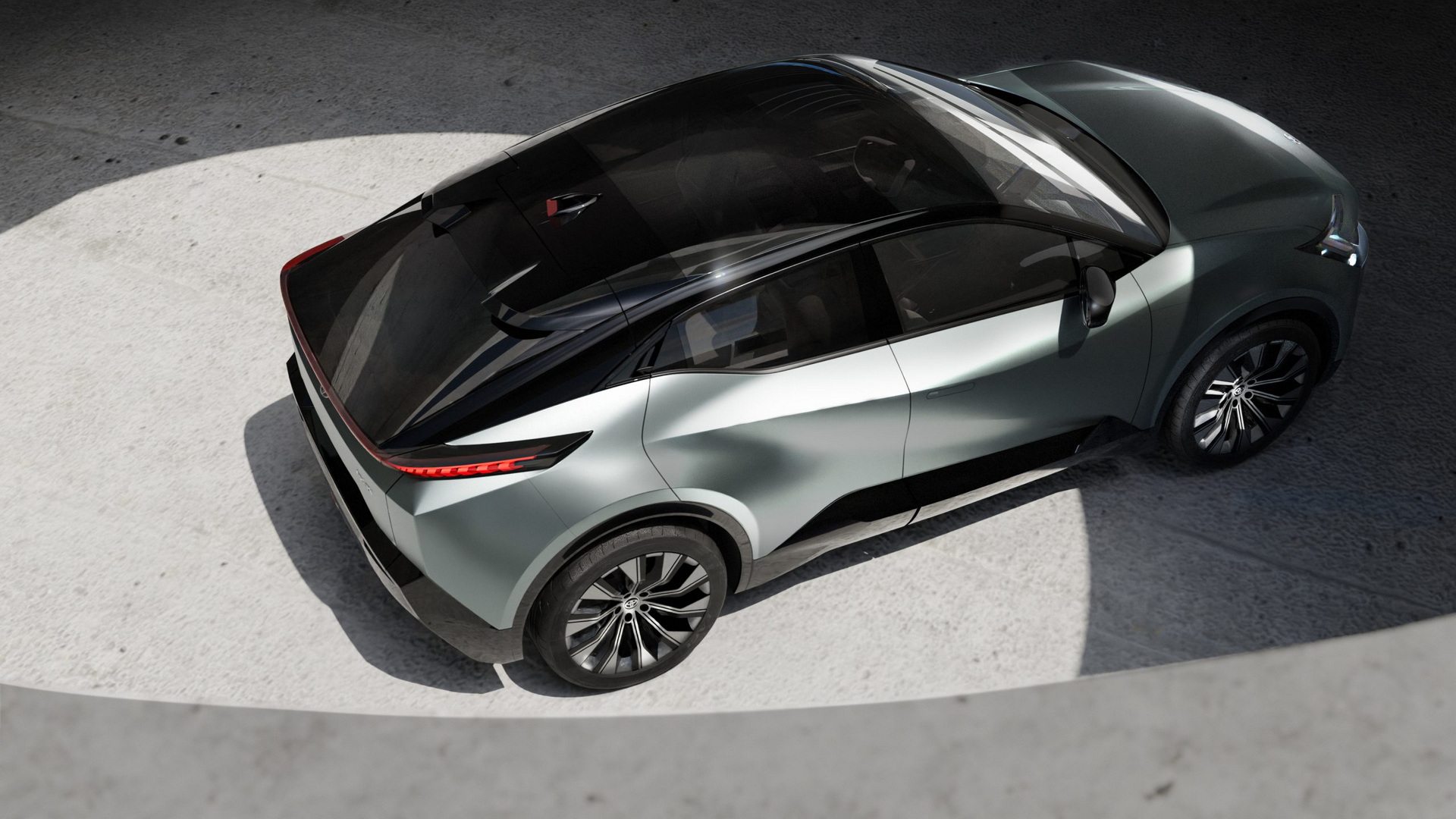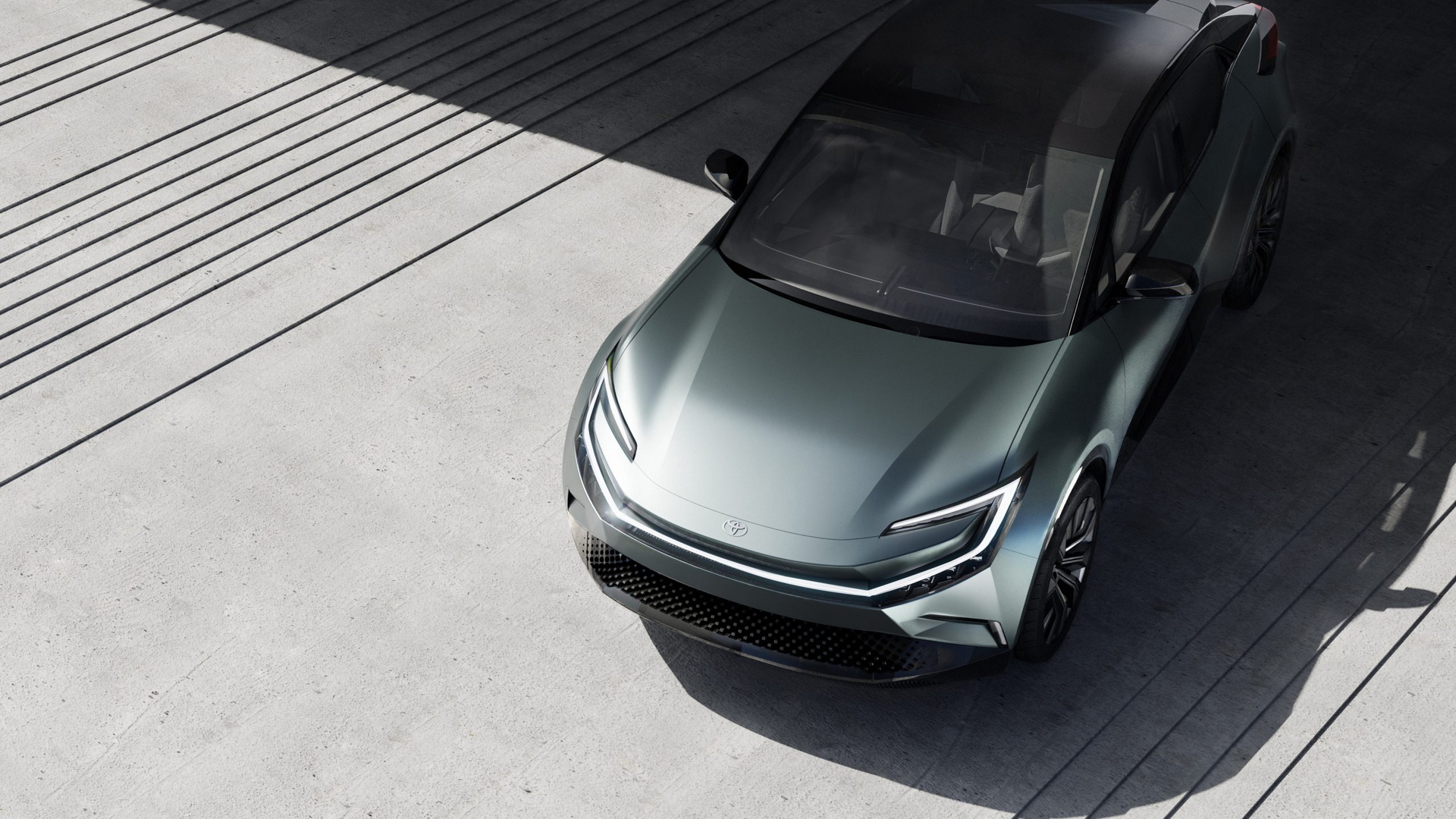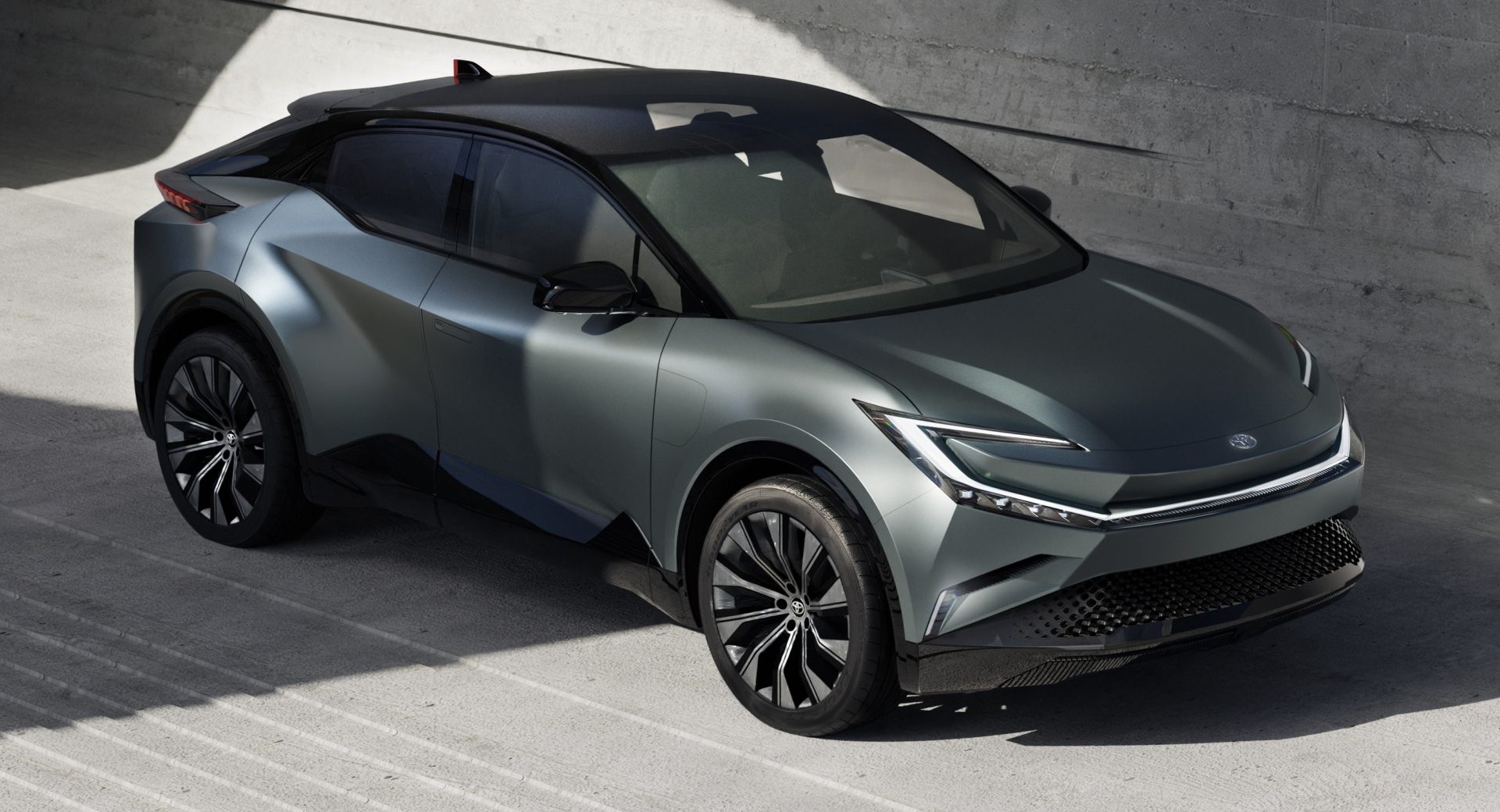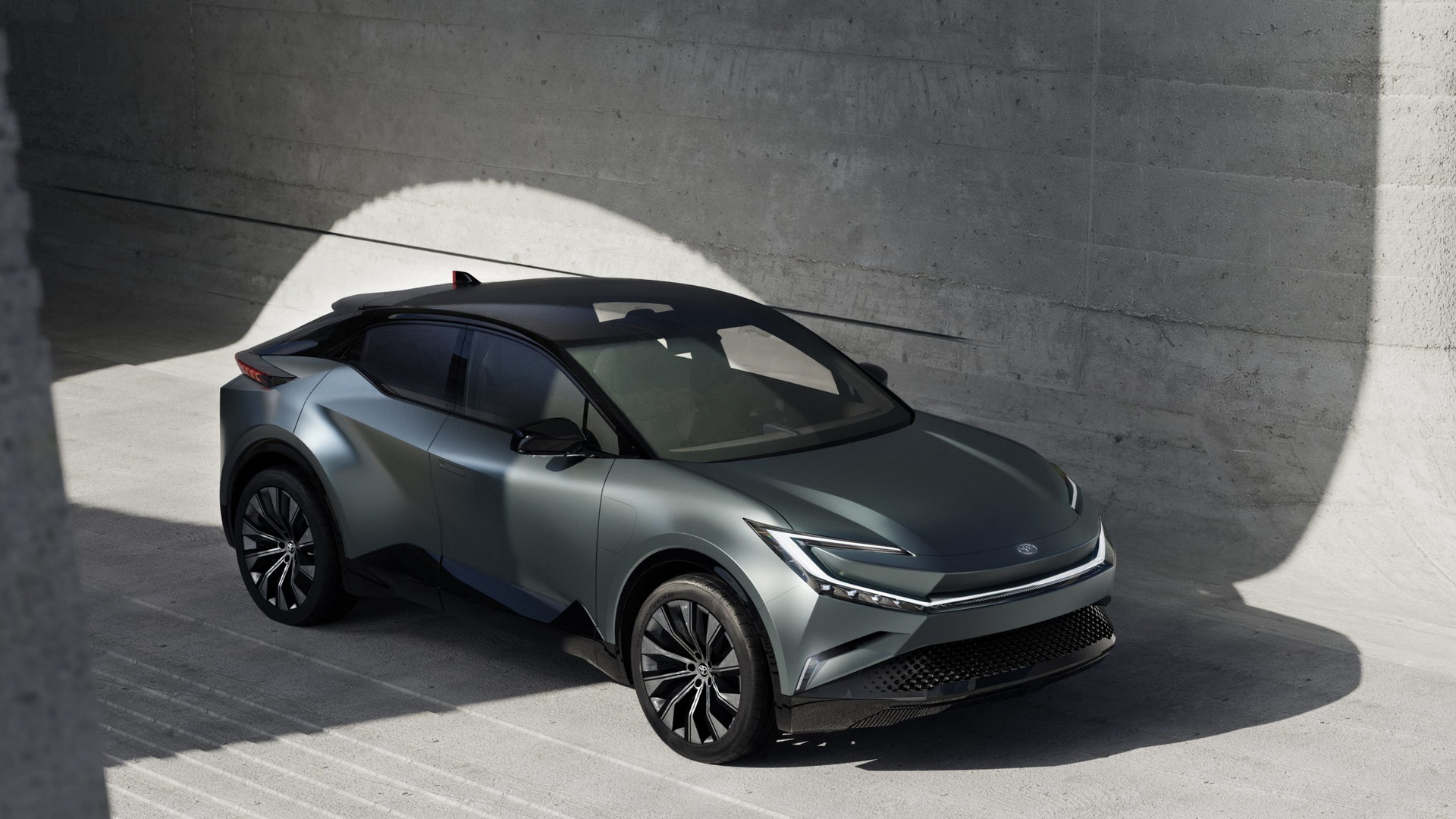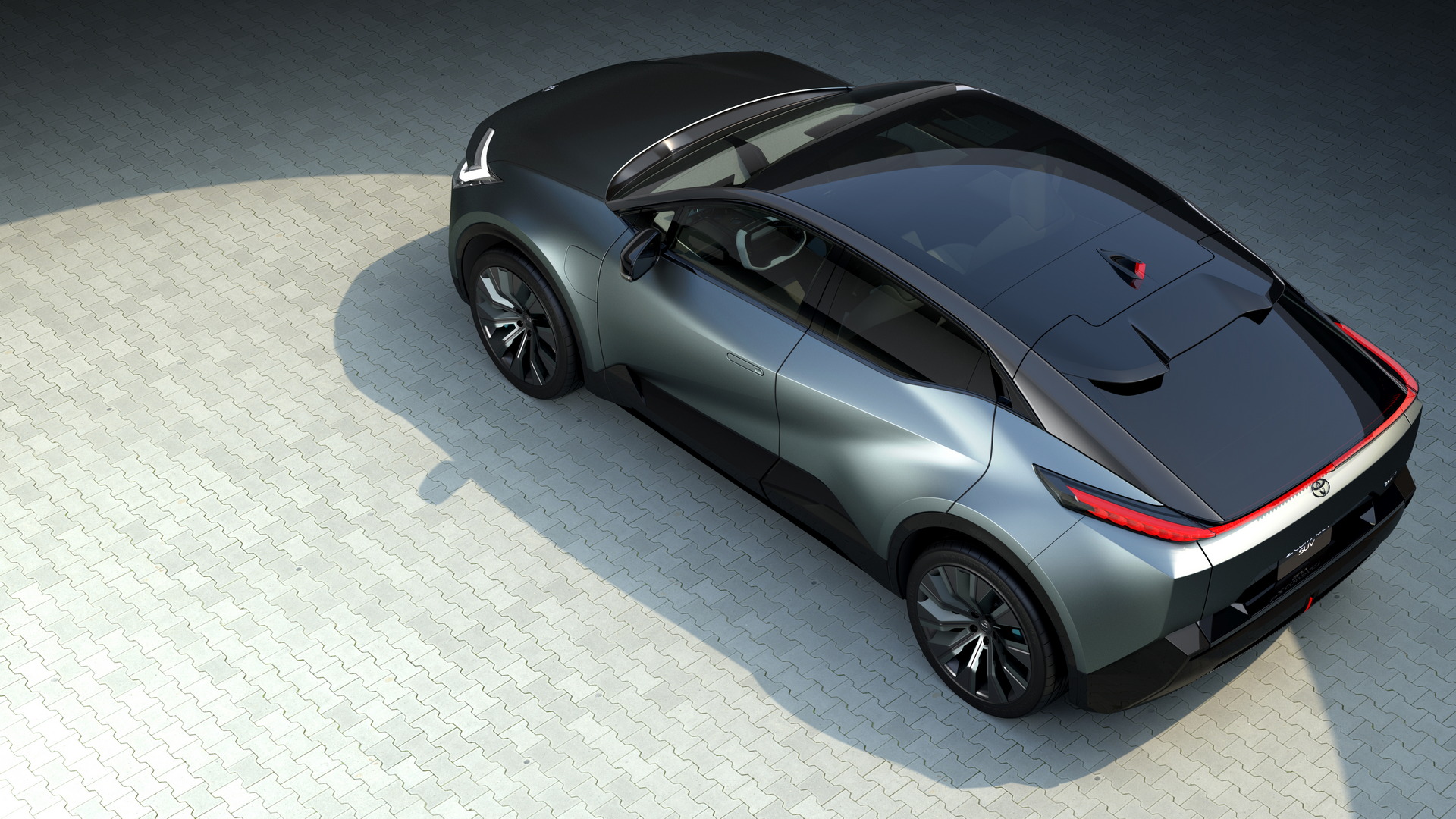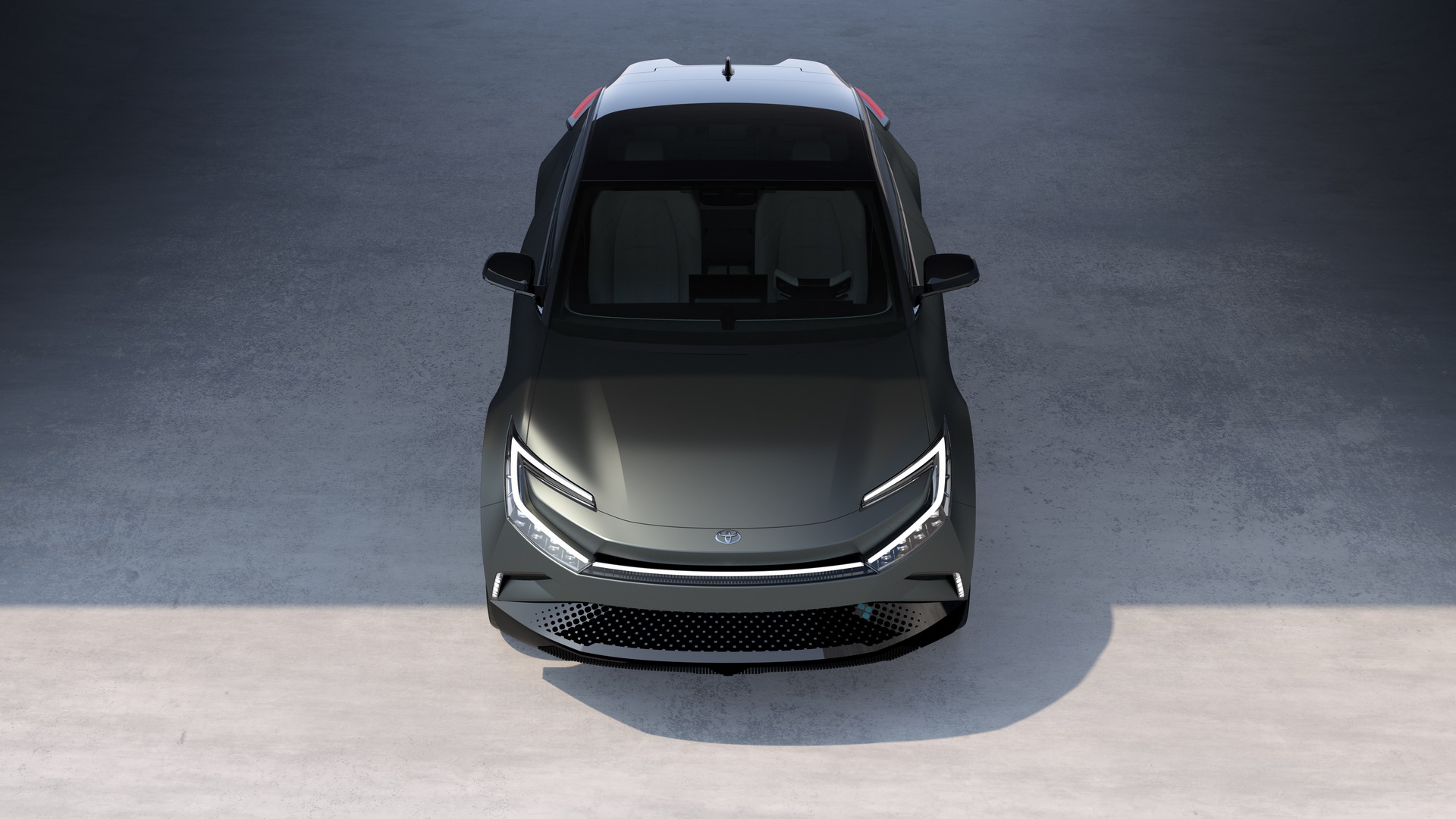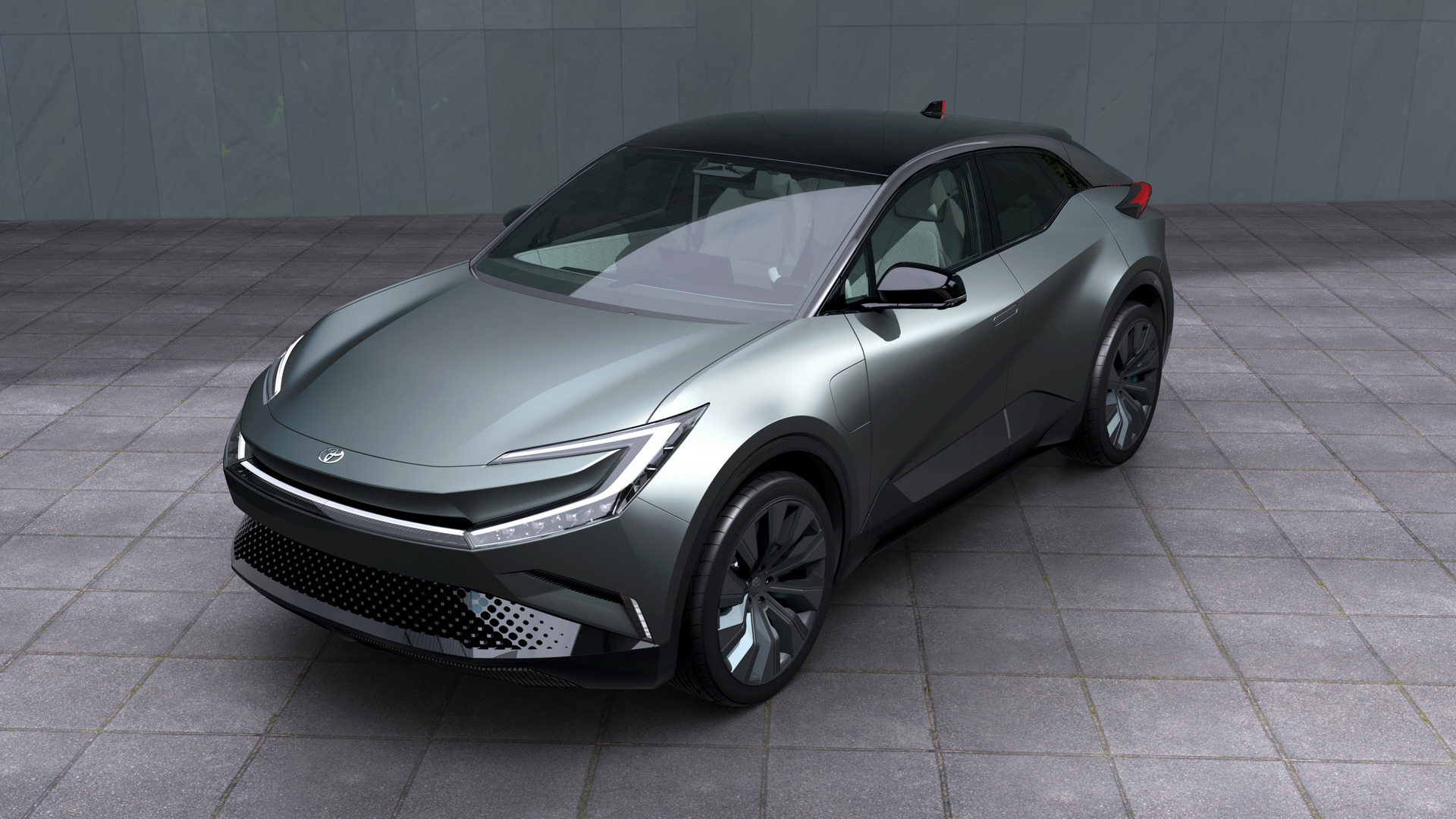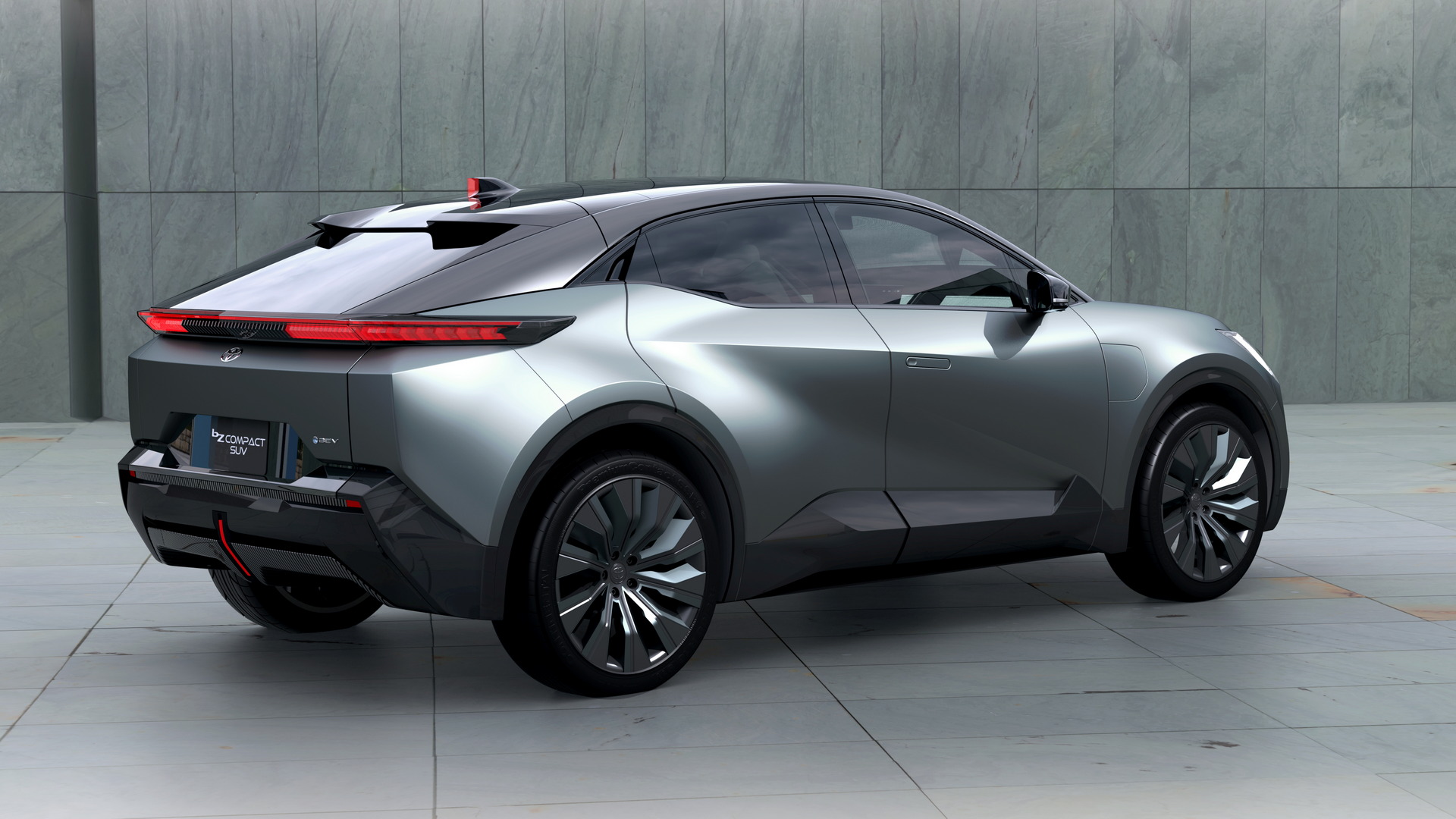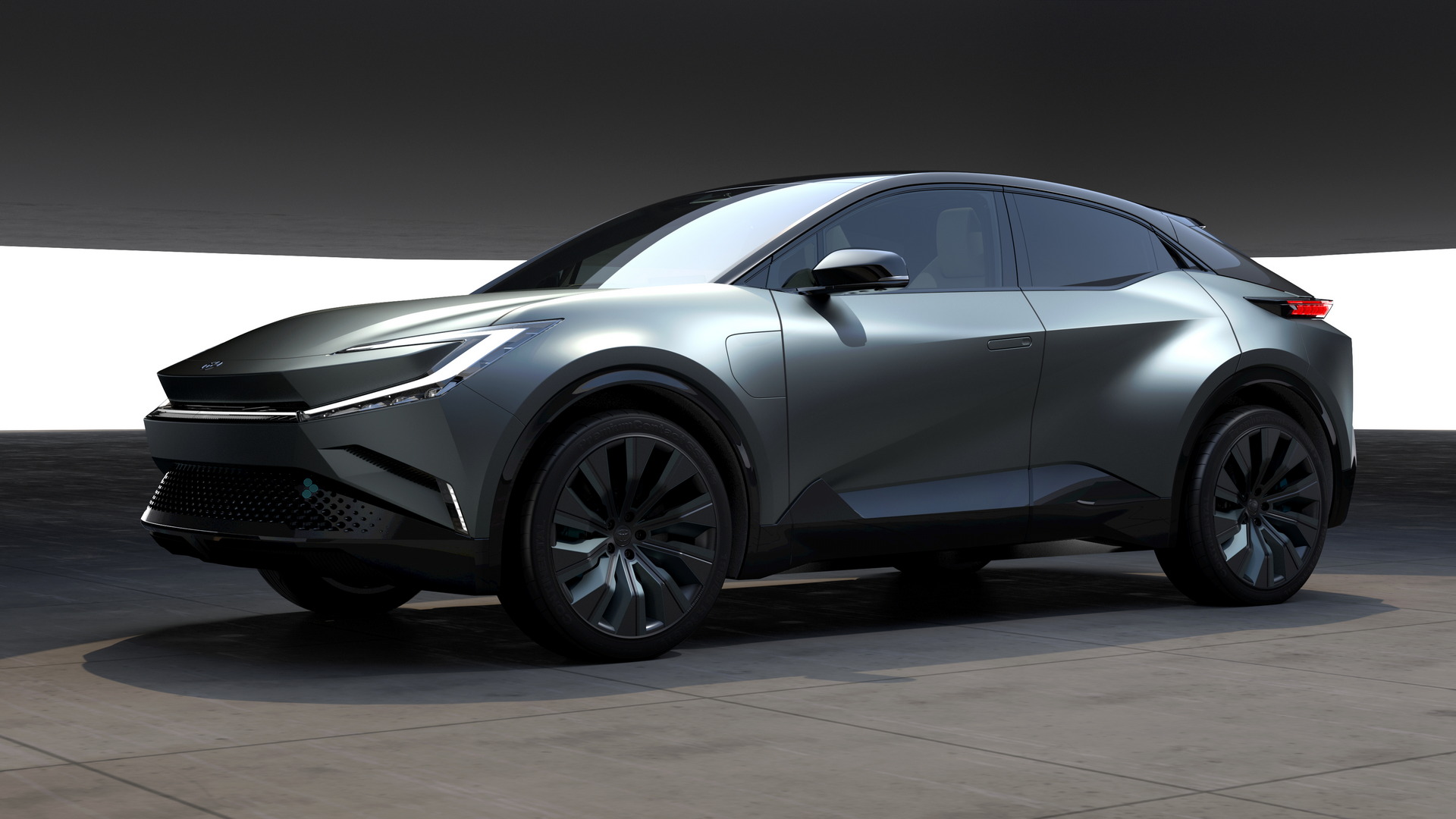The Toyota bZ Compact SUV concept made its European debut in Brussels, following its first appearance in Los Angeles last month. Toyota showed more photos of the concept that previews an upcoming electric SUV. The automaker also revealed the SUV’s dimensions, while remaining coy about its battery-electric powertrain.
Getting straight to the point, the bZ Compact SUV measures 4,538mm (178.7 inches) long, 1,888mm (74.3 inches) wide excluding mirrors, and 1,560mm (61.4 inches) tall. This means it is 152 mm (6 inches) shorter, 28 mm (1.1 inches) wider, and 90 mm (3.5 inches) lower than the Toyota bZ4X. When compared to the ICE-powered range, the bZ Compact SUV is 78 mm (3.1 inches) longer than the Corolla Cross and 62 mm (2.4 inches) shorter than the RAV4.
Read: Toyota Teases Third bZ EV Just After Launching bZ3 In China
The SUV was designed at the Toyota ED2 center in South France, which explains the similarities with the hybrid C-HR Prologue. Compared to the latter, the bZ Compact SUV has a longer stance with cleaner surfacing on the profile and more serious looks. Highlights include the 21-inch alloy wheels, the full-width LED lighting units on both ends, the muscular bodywork, and the coupe-style rear windshield.
Inside, the concept comes with curved screens for the infotainment and the digital instrument cluster, a yoke steering wheel, and a floating center console. This futuristic layout is expected to be toned down for production. As for the sustainable plant-based and recycled materials in the cabin, those could be retained to some extent as they become more and more popular. The bZ Compact SUV is also equipped with an in-car personal assistant that communicates with the driver and the passengers through audio and lighting cues.
Toyota didn’t reveal any information about the platform, the battery capacity, or the power output and placement of the electric motors.
The production version of the Toyota bZ Compact SUV concept, which is rumored to adopt the bZ3X name, will be one of the 6 new bZ models Toyota says it’s going to launch in Europe by 2026. As suggested by the name and the footprint, it will be positioned in Europe’s C-SUV segment, slotting below the already available bZ4X. Toyota’s goal is to achieve carbon neutrality in Europe by 2040 at the latest, and on a global scale by 2050.




